Disclosure: This article contains affiliate links. We may earn a commission from purchases at no extra cost to you, which helps our travel content.
When most people think of the Galápagos, they imagine luxury cruises with $3,000+ price tags that would make Darwin himself raise an eyebrow. As someone who's spent years balancing my network engineering career with my passion for marine conservation, I was determined to experience these legendary islands without liquidating my savings account. After spending two incredible weeks island-hopping through the Galápagos last October, I can confirm what locals have been saying for years: you absolutely can experience this evolutionary wonderland on a reasonable budget. By staying in local guesthouses, navigating the inter-island ferry system, and approaching wildlife encounters with the strategic precision of, well, an engineer who's obsessed with optimization, I managed to cut my expenses to less than half of what a cruise would cost—while gaining a deeper connection to both the islands and their communities. Grab your snorkel and notebook, fellow budget travelers; I'm about to break down exactly how you can DIY your Galápagos adventure without breaking the bank.
Planning Your Independent Galápagos Adventure
Let me be straight with you: the Galápagos isn't your typical budget destination, but with some strategic planning, it's absolutely doable without that cruise ship price tag.
First, timing is everything. I deliberately chose October—part of the dry season but just outside peak tourist months—when flights from mainland Ecuador drop significantly. My round-trip ticket from Quito to Baltra Island cost $380, nearly $200 less than high-season prices. Pro tip: book domestic flights directly through LATAM Ecuador's Spanish website rather than the international site for better rates.
Next, understand the island layout. The inhabited islands of Santa Cruz, San Cristóbal, Isabela, and Floreana are your bases for independent travel. I spent 5 days on Santa Cruz, 4 on Isabela, 3 on San Cristóbal, and a quick overnight on Floreana, which gave me a comprehensive experience without feeling rushed.
Before departure, I loaded my trusty Kindle Paperwhite with field guides and Darwin's The Voyage of the Beagle. Having reference materials accessible while observing wildlife elevated my experience immeasurably—plus it saved luggage weight compared to physical books.
Finally, pack light but strategic. The Galápagos has strict regulations to protect the ecosystem, including limitations on many sunscreens. I brought a reef-safe mineral sunscreen that protected both my skin and the marine environment I was there to appreciate.
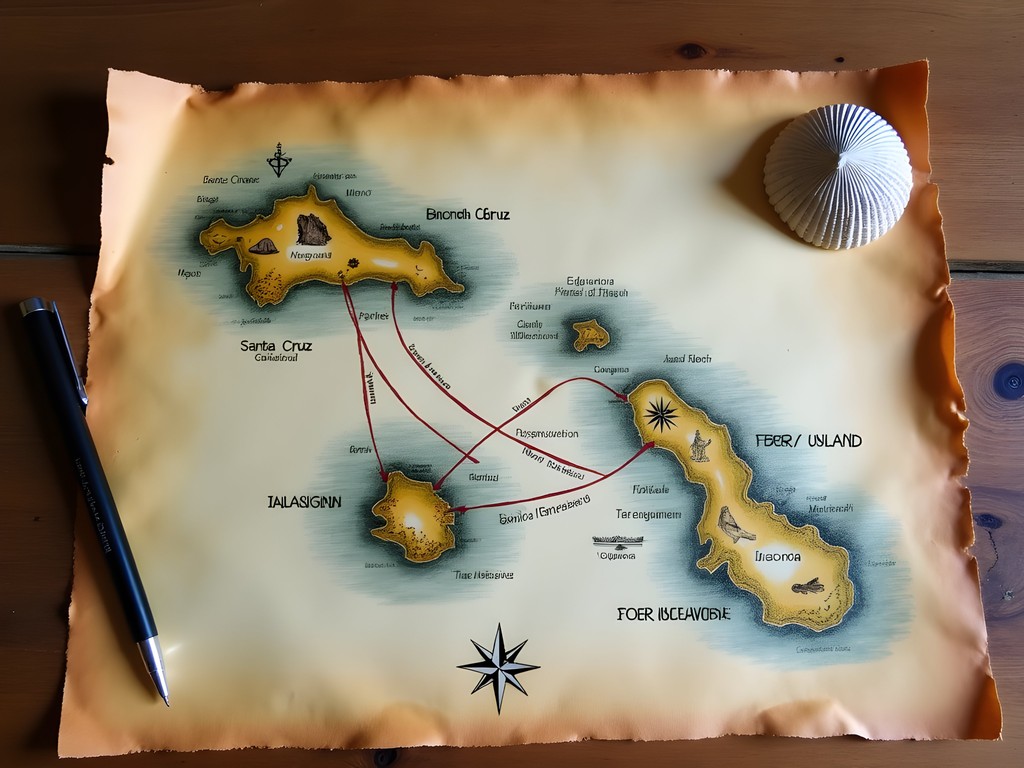
💡 Pro Tips
- Book flights through LATAM Ecuador's Spanish website for better rates
- Plan for at least 10-14 days to properly island hop without rushing
- Download the iNaturalist app to help identify species you encounter
Navigating the Ferry System & Local Transportation
Let's talk about getting around, which is where my engineering mindset really came in handy. The inter-island ferry system is the backbone of independent Galápagos travel, but it operates with what I'll diplomatically call 'flexible scheduling.'
Ferries (locally called lanchas) run between the main islands daily, typically departing in the early morning or afternoon. A one-way ticket costs $30-35, which isn't exactly cheap but is significantly more affordable than day trips or flights. Here's the critical part: these ferries have limited capacity and can sell out during busy periods. I used the Bookaway app to reserve most of my tickets in advance, which saved me from the anxiety of potentially being stranded.
The ferry rides deserve a special mention—they're not luxury experiences. Prepare for approximately two hours of potentially choppy waters in a speedboat packed with travelers and locals. During my crossing from Santa Cruz to Isabela, we hit some serious waves that sent my backpack sliding across the deck. If you're prone to seasickness, take medication 30 minutes before departure. I'm usually fine on boats, but even I found myself grateful for the ginger candies I'd packed.
Once on the islands, transportation is refreshingly simple. Santa Cruz and San Cristóbal have taxis (white pickup trucks) that charge $1-2 for trips within town. On Isabela, you can walk almost everywhere or rent a bicycle for about $15/day. I splurged on a bike for two days to explore the wetlands and tortoise breeding center at my own pace.
For more distant attractions, like the highlands of Santa Cruz or the Wall of Tears on Isabela, you can either join a cheap group taxi ($5-10 per person) or rent bicycles if you're feeling energetic. Just remember to bring plenty of water—the equatorial sun is no joke, even during the cooler dry season.
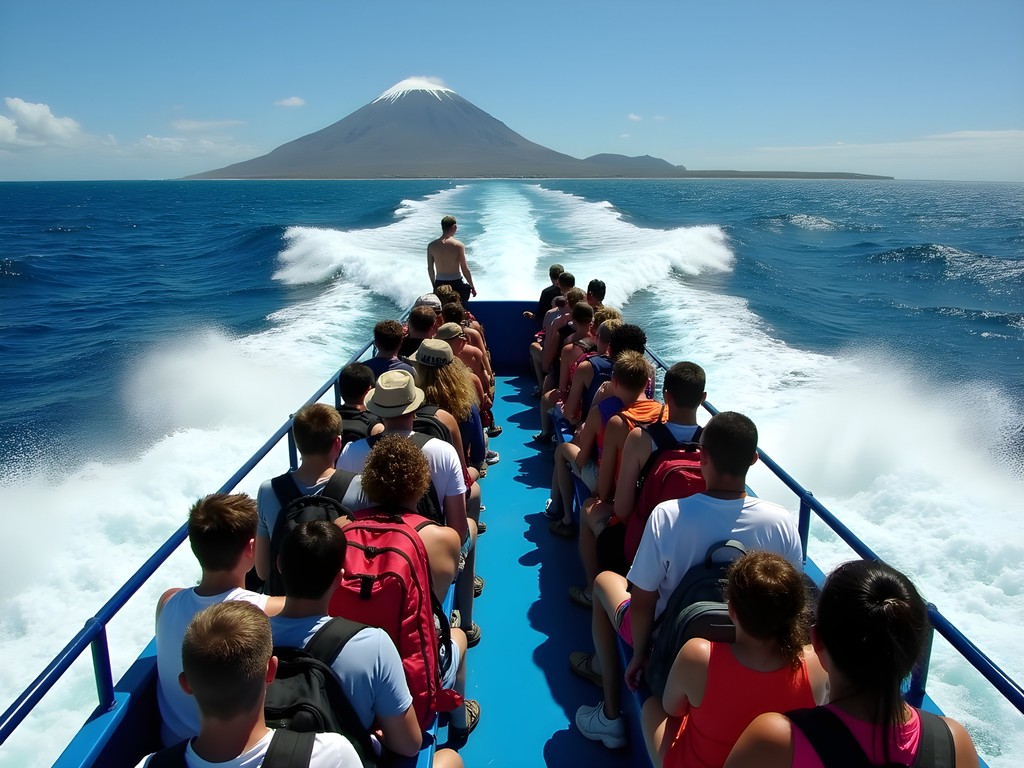
💡 Pro Tips
- Book ferry tickets at least one day in advance during high season
- Take motion sickness medication 30 minutes before ferry departures
- Download offline maps of each island, as internet connectivity is limited
Budget Accommodation Secrets
Accommodation is where independent travelers gain a major financial advantage over cruise passengers. While researching, I discovered that many guesthouses and hospedajes don't appear on major booking platforms, or they offer significantly better rates when booked directly.
In Santa Cruz, I stayed at Hostal El Descanso del Petrel in Puerto Ayora, paying just $35/night for a private room with A/C and breakfast included. The owner, Gloria, provided insider tips about visiting North Seymour Island that no guidebook mentioned. On San Cristóbal, I found an even better deal at Casa de Jeimy for $30/night, where the rooftop terrace became my evening spot for watching frigate birds soar overhead.
Isabela Island offered the best value-to-experience ratio. I stayed at Hostal Loja, a family-run guesthouse two blocks from the beach, for $25/night. My simple room had surprisingly fast Wi-Fi, which let me upload photos and even handle a quick remote work emergency without issues. The family's teenage son was studying marine biology and gave me personalized recommendations for snorkeling spots where I could see seahorses—a highlight of my entire trip.
My one splurge was on Floreana Island, where options are limited. I stayed at the Black Beach House for $45/night, which felt worth it for the experience of being on an island with fewer than 150 inhabitants and a fascinating human history involving a real-life murder mystery among European settlers in the 1930s.
A critical tip: while it's possible to find accommodation upon arrival during shoulder season, I wouldn't recommend this strategy for July-August or December-January. For my October trip, I booked my first two nights on each island in advance, then extended my stay as needed, which gave me flexibility while ensuring I wasn't searching for a bed after those long ferry rides.
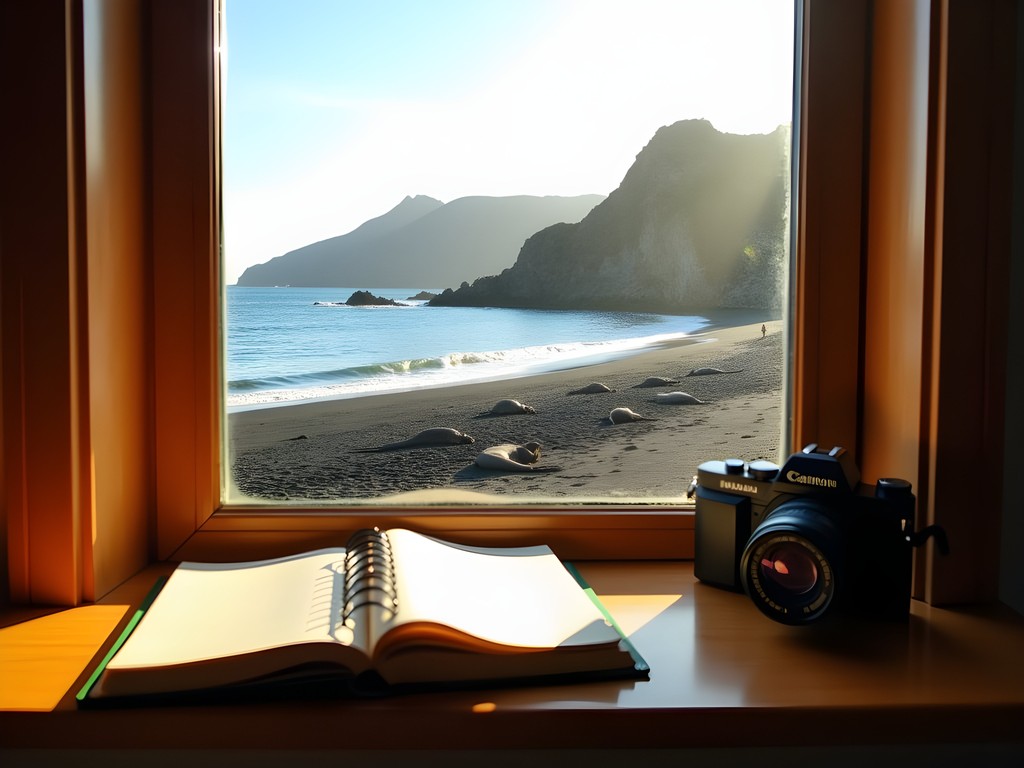
💡 Pro Tips
- Email guesthouses directly for better rates than booking platforms
- Look for accommodations that include breakfast to save on meal costs
- Stay within walking distance of the port on each island to minimize taxi expenses
DIY Wildlife Encounters & Free Attractions
Here's where the Galápagos truly shines for budget travelers: many of the most spectacular wildlife experiences cost absolutely nothing. The animals here have no innate fear of humans, meaning you'll have close encounters without trying.
On Santa Cruz, I spent hours at Tortuga Bay, a free beach accessible via a 2.5km paved trail. The main beach is perfect for sunbathing alongside marine iguanas, while the protected cove around the corner offers calm waters for snorkeling with reef sharks and countless tropical fish. I brought my own snorkel set which quickly paid for itself compared to daily rentals.
The Charles Darwin Research Station, also free, offers up-close views of giant tortoise breeding programs. I spent an entire morning watching the hatchlings, some smaller than my palm, while chatting with researchers about their conservation work.
On Isabela, the Concha de Perla snorkeling spot near the port was my daily ritual. Access is free via a short boardwalk through a mangrove forest. During my five snorkeling sessions there, I swam with sea lions, penguins, marine iguanas, and even spotted a sea turtle. One morning, I found myself floating motionless as a curious sea lion pup circled me playfully—a heart-stopping moment that cruise passengers pay hundreds to experience.
San Cristóbal's Interpretation Center provides an excellent free overview of the islands' natural history and human impact. Nearby, the hiking trail to Tijeretas Hill offers spectacular views and the chance to snorkel with sea lions at the cove below.
For underwater photography, my waterproof phone case was perfect for capturing quick videos of marine life without investing in expensive underwater camera gear. The clarity was surprisingly good, especially in the bright Galápagos sunlight.
While many visitors book guided day tours for distant sites, I discovered that patient exploration of accessible areas often yielded equally memorable encounters. The key difference between my approach and cruise itineraries wasn't the wildlife we saw, but rather the time we could spend observing natural behaviors—something my inner science nerd deeply appreciated.

💡 Pro Tips
- Visit popular snorkeling spots early morning or late afternoon to avoid crowds
- Bring binoculars for spotting pelagic birds from shore
- Download a marine life identification guide to your phone before arrival
Balancing Splurges with Savings
Even on a budget trip, some strategic splurges can significantly enhance your Galápagos experience. I carefully selected a few paid activities while balancing them with free alternatives.
My biggest expense was a day trip to an uninhabited island. After researching options, I chose North Seymour ($180) for its exceptional bird colonies. Witnessing the elaborate mating dances of blue-footed boobies and the inflated bright red pouches of frigate birds justified every penny. For comparison, I skipped the popular but pricey day trips to Bartolomé ($220+) and opted instead for Las Tintoreras tour on Isabela ($60), which offered similar wildlife viewing for a fraction of the cost.
For meals, I alternated between budget options and occasional splurges. Breakfast was often included with accommodation, while lunch typically came from local almuerzo spots offering set menus for $5-7. For dinner, I primarily shopped at markets and prepared simple meals at hostel kitchens, though I treated myself to fresh seafood twice—once at a kiosk in Santa Cruz's fish market and once at a beachfront restaurant on Isabela.
Equipment rentals presented another opportunity for strategic spending. Rather than renting snorkel gear daily ($5-10/day), I invested in my own mask and snorkel before the trip and just rented fins locally when needed ($3-5/day). This hybrid approach saved money while ensuring the most important equipment (the mask) fit properly.
One unexpected expense was the constant need for drinking water in the equatorial heat. After calculating the environmental and financial cost of buying bottled water, I purchased a water purifier bottle which allowed me to safely drink tap water throughout the islands. It paid for itself within the first week while preventing dozens of plastic bottles from potentially ending up in the fragile ecosystem.
By carefully balancing these expenses—splurging on unique experiences while saving on daily costs—I managed to keep my total two-week budget under $2,000 including flights from mainland Ecuador, which is less than many people spend on a 5-day cruise.
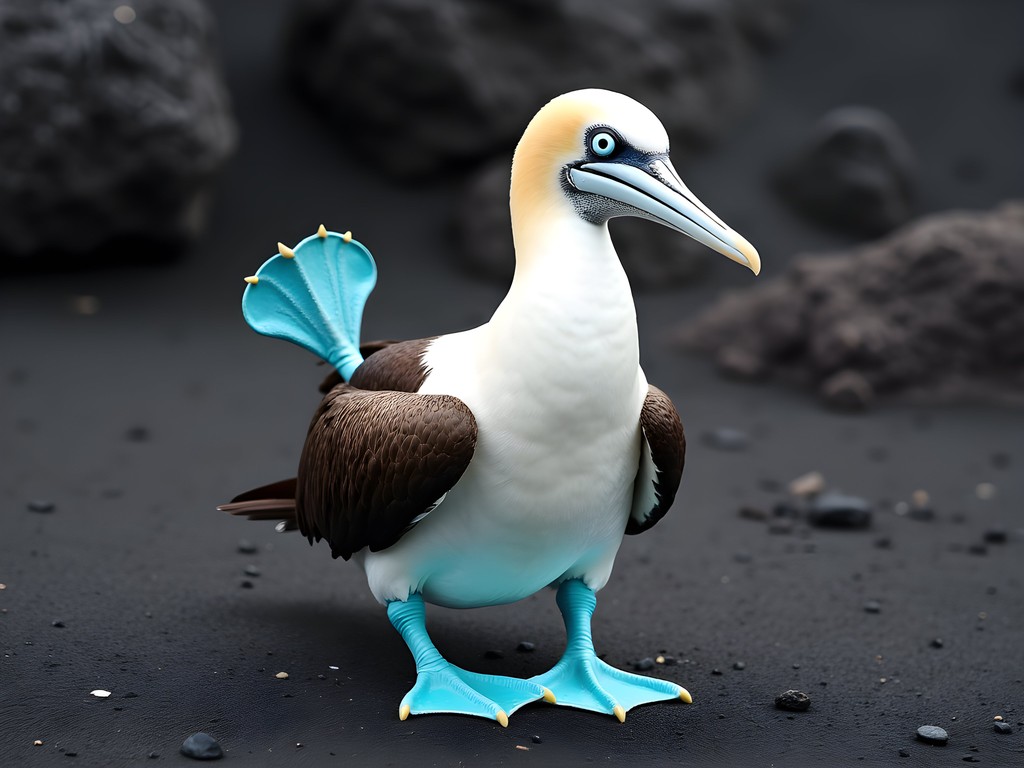
💡 Pro Tips
- Book day tours directly through local operators rather than online for better rates
- Look for last-minute tour deals by visiting agency offices the afternoon before
- Use the Municipal Market on Santa Cruz for affordable fresh produce and meals
Connecting with Conservation Efforts
As someone deeply interested in marine conservation, connecting with local environmental initiatives was a priority for my trip. The Galápagos faces numerous challenges—from plastic pollution to invasive species—and I wanted to understand these issues beyond tourist brochures.
On Santa Cruz, I visited the Charles Darwin Foundation's research station not just as a tourist attraction but as an educational opportunity. By timing my visit for late afternoon (around 3:30pm), I found the researchers more available to chat about their work. A marine biologist there explained their efforts to restore native plant species and control invasive ones—a complex technical challenge that appealed to my engineering mindset.
On San Cristóbal, I discovered the Galápagos Science Center, a joint initiative between Universidad San Francisco de Quito and the University of North Carolina. Though not typically open to the public, they offer occasional tours. I emailed them in advance expressing my interest in marine conservation technology, and they invited me to join a graduate student's presentation on using drones to monitor sea lion populations. The patterns they were identifying in the data reminded me of network traffic analysis—different application, similar principles.
Isabela Island offered the most accessible conservation volunteer opportunity through the local branch of Jatun Sacha Foundation. I spent one morning helping with beach cleanup, where I met Ecuadorian biology students who shared insights about microplastic sampling techniques they were developing. We exchanged contact information, and I've since helped one student remotely with data visualization for her research project.
These connections transformed my understanding of the islands from a simple wildlife destination to a living laboratory where conservation technology is constantly evolving. For travelers with technical backgrounds, I highly recommend reaching out to these organizations before your trip—your skills might be more valuable than you realize, even during a short visit.
For ongoing engagement after your trip, consider supporting the Charles Darwin Foundation through their adoption programs or following the Galápagos Conservation Trust for updates on projects that might align with your interests and expertise.
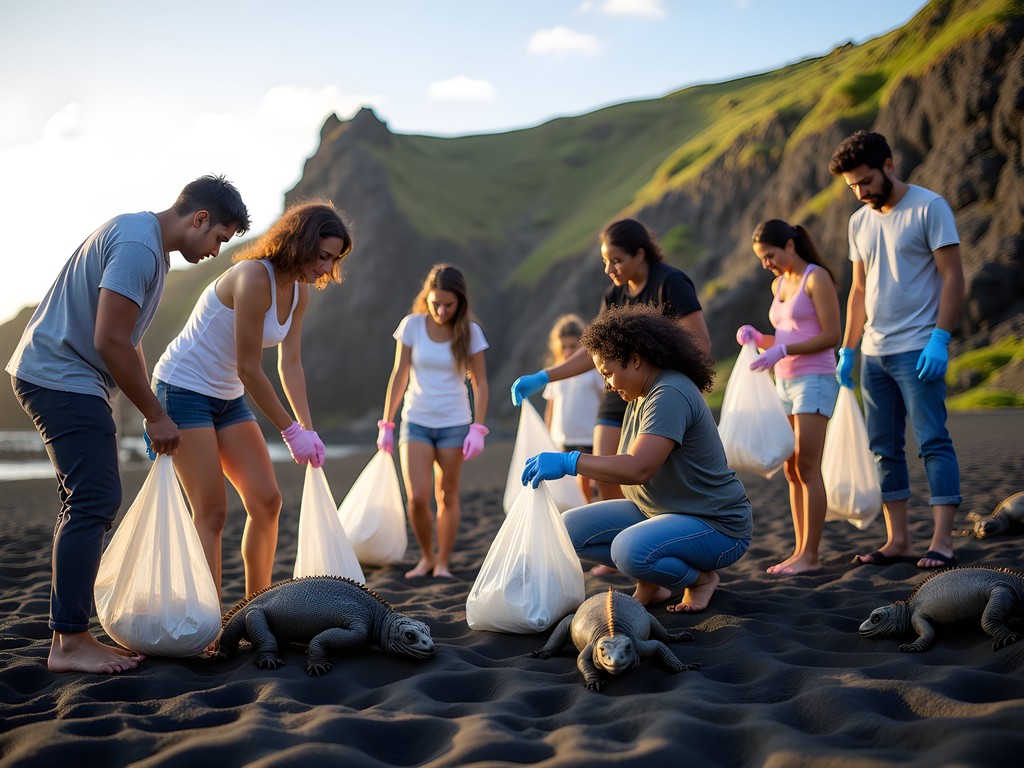
💡 Pro Tips
- Email research stations before your visit to inquire about tour opportunities
- Pack work gloves if you plan to participate in beach cleanups
- Visit conservation sites during off-peak hours for more meaningful interactions with staff
Final Thoughts
As I sat on my final evening in the Galápagos, watching pelicans dive into the harbor while uploading the last of my wildlife photos over a surprisingly decent Wi-Fi connection, I couldn't help but reflect on how different my experience was from what I'd initially imagined. By choosing the independent route, I not only saved thousands of dollars but gained something more valuable: a deeper connection to these islands, their communities, and their conservation challenges. The Galápagos doesn't have to be an exclusive luxury destination. With some planning, flexibility, and a willingness to travel more like Darwin himself did—with curiosity and adaptability—these evolutionary islands are within reach for budget-conscious travelers. Whether you're drawn by the wildlife, the marine ecosystems, or the living laboratory of evolution, island-hopping through the Galápagos offers a more intimate experience than you might find from the deck of a cruise ship. So pack your snorkel, download your field guides, and prepare for wildlife encounters that will redefine your understanding of our natural world—all without depleting your life savings.
✨ Key Takeaways
- Independent island-hopping can cost less than half the price of a cruise while offering more authentic experiences
- Many spectacular wildlife encounters in the Galápagos are completely free
- Connecting with local conservation efforts enhances your understanding and appreciation of the islands
- Shoulder season (April-June and September-November) offers the best balance of good weather, wildlife activity, and lower prices
📋 Practical Information
Best Time to Visit
September-November (fall shoulder season)
Budget Estimate
$85-120 per day including accommodation, food, and activities
Recommended Duration
12-14 days minimum for island hopping
Difficulty Level
Moderate To Challenging (Requires Planning And Adaptability)

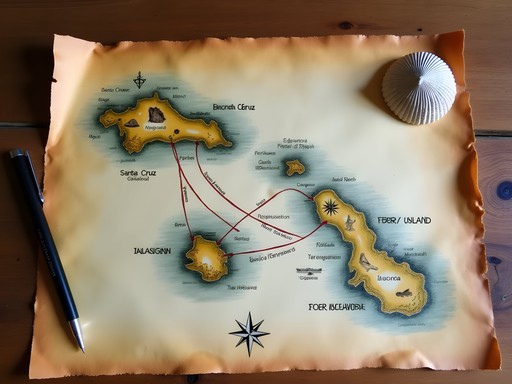
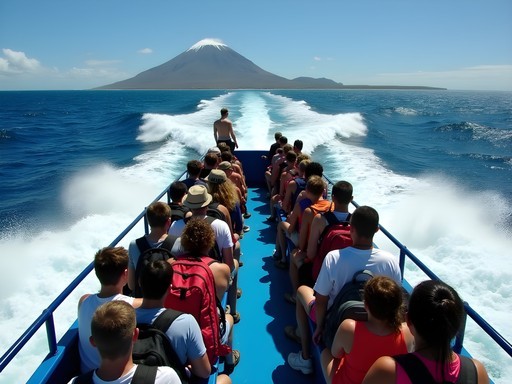
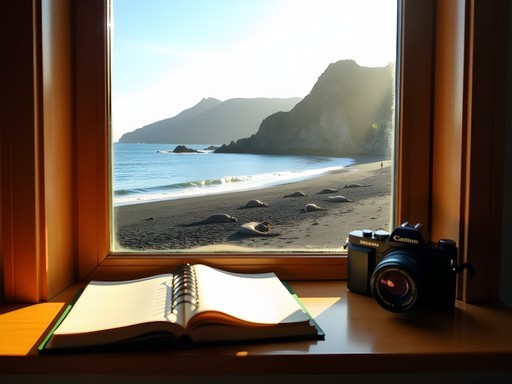

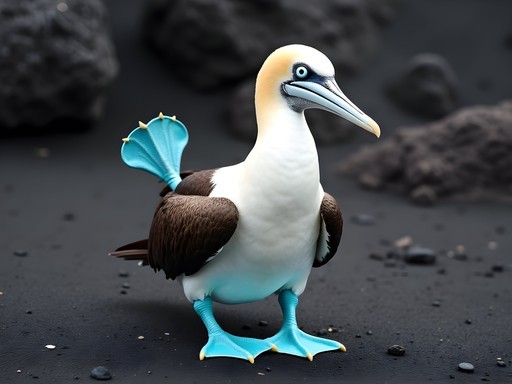
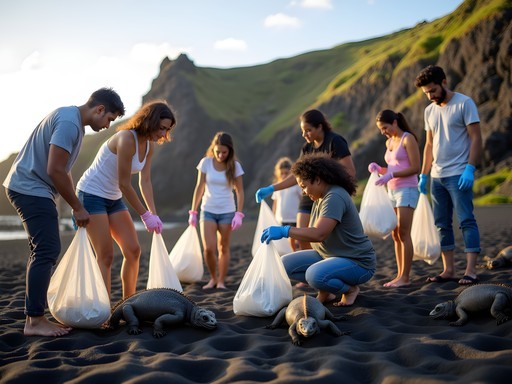










Comments
oceanpro
Great post! Question about wildlife viewing - were you able to see most of the iconic Galápagos animals without booking guided tours? I'm a photographer and want to maximize wildlife opportunities while keeping costs down.
Jennifer Thomas
You'll be surprised how much wildlife you can see for free! The sea lions are literally everywhere in town, marine iguanas on most beaches, and giant tortoises at the Charles Darwin Research Station (small entrance fee). For blue-footed boobies and frigate birds, Isla Seymour Norte does require a tour (~$150), but it's worth it. Tortuga Bay beach (free) on Santa Cruz is amazing for spotting rays and marine iguanas. Bring a good zoom lens!
oceanpro
Perfect! That's exactly what I wanted to know. Can't wait to photograph those iconic blue feet!
journeyguy
We just got back from doing exactly this! Saved at least $2000 per person compared to a cruise. The local seafood restaurants in Puerto Ayora were amazing and so affordable. One thing to note - the wifi really is terrible everywhere, so plan accordingly if you need to work remotely like we did.
Jennifer Thomas
So true about the wifi! As a network engineer, I was definitely having withdrawal symptoms 😂 Glad you had a great trip!
Hunter Thompson
Brilliant post Jennifer! I did something similar last year and can confirm this is the way to go if you're on a budget. Stayed at Hostal Gardner on Isabela for $25/night (basic but clean) and it was perfect. One tip I'd add: the snorkeling at Las Tintoreras was incredible and only cost $40 for a half-day tour - saw sea turtles, rays, and even penguins! For self-guided adventures, I'd recommend hiking to Tortoise Ranch on Santa Cruz - it's a bit of a walk but you'll save the $5 taxi fare each way and get to see more of the island. I tracked everything with my travel journal which helped me stay on budget. Cheers from Newcastle!
journeyguy
Hunter - how many days would you recommend for each island? Trying to plan my itinerary now.
Hunter Thompson
I'd say 3 days on Santa Cruz, 3-4 on Isabela (my favorite!), and 2 on San Cristobal. That gives you enough time to do day trips and not feel rushed. Skip Floreana unless you have extra time.
escapestar
OMG this post is a lifesaver! I've been wanting to visit the Galápagos forever but those cruise prices... yikes! Bookmarking this for my trip planning!
greenlegend
This is exactly what I've been looking for! How difficult was it to arrange the ferry transportation between islands? Did you need to book in advance or can you just show up?
Jennifer Thomas
Thanks for asking! The ferries are pretty straightforward - I'd recommend booking 1-2 days in advance during high season (June-August), but in shoulder season you can usually just show up at the port a couple hours before departure. Each crossing is about $30-35 one-way. Just remember to bring cash and seasickness pills - some of those crossings can get bumpy!
greenlegend
That's super helpful, thanks! Definitely packing motion sickness meds now.
Taylor Moreau
Excellent breakdown of the DIY approach, Jennifer. Having visited the Galápagos multiple times for my business travel blog, I can confirm that island-hopping is not only more economical but often provides a more authentic experience. One additional tip for budget travelers: the municipal markets on Santa Cruz and San Cristobal offer excellent fresh produce and local seafood at a fraction of restaurant prices. Perfect for self-catering. Also, while most focus on the wildlife (rightfully so), don't miss the fascinating human history at the Wall of Tears on Isabela - a sobering counterpoint to all that natural beauty.
Jennifer Thomas
Thanks Taylor! Great point about the municipal markets - I practically lived on their fresh fruit smoothies. The Wall of Tears was indeed a powerful site, and the trail there has some amazing wildlife viewing too.
sunsetmate
THIS POST IS EVERYTHING!!! Just booked my flights for March after reading this! Been dreaming of Galápagos forever but thought it was out of my budget. Can't wait to try the local seafood and spot some giant tortoises! I'm bringing my waterproof dry bag for all the snorkeling. Jennifer you're a lifesaver! 🐢🏝️
redperson
We tried this approach last year and saved SO much money. Stayed at Hostal Gardner on Santa Cruz - basic but clean and only $40/night with AC. The owner even let us use their kitchen which saved even more on food costs. One thing to add: the water taxis around Puerto Ayora harbor are just $1 and super convenient. We saw tons of wildlife just walking the trails near town. Only splurged on one guided tour to North Seymour which was definitely worth it for the blue-footed boobies!
mountainace
Thanks for the hostel recommendation! Did you need to book in advance or just show up?
redperson
We booked just 3 days ahead through WhatsApp. In low season you can probably just show up, but I wouldn't risk it in high season (Dec-Jan, Jun-Aug).
starway
Is it really possible to see all the cool wildlife without a cruise? That's my main concern!
wanderlustwalker8223
Absolutely! We saw giant tortoises, blue-footed boobies, marine iguanas, and even swam with sea lions and penguins just doing day trips from the main islands. No cruise needed!
Ahmed Palmer
I'd add that while cruises access some remote sites, approximately 80% of the iconic Galápagos species can be observed through land-based exploration. The key is selecting strategic day trips that complement the free wildlife viewing opportunities Jennifer mentioned.
mountainace
This is exactly what I've been looking for! Planning a trip in November. How reliable were the ferries between islands? I've heard mixed things about schedules and cancellations.
Jennifer Thomas
The ferries run twice daily (usually 7am and 2pm) between the main islands and were mostly on time when I was there. Book a day ahead during high season just to be safe. The sea can get choppy though - bring motion sickness meds if you're sensitive!
Venture X
Premium card with 2X miles, $300 travel credit, Priority Pass